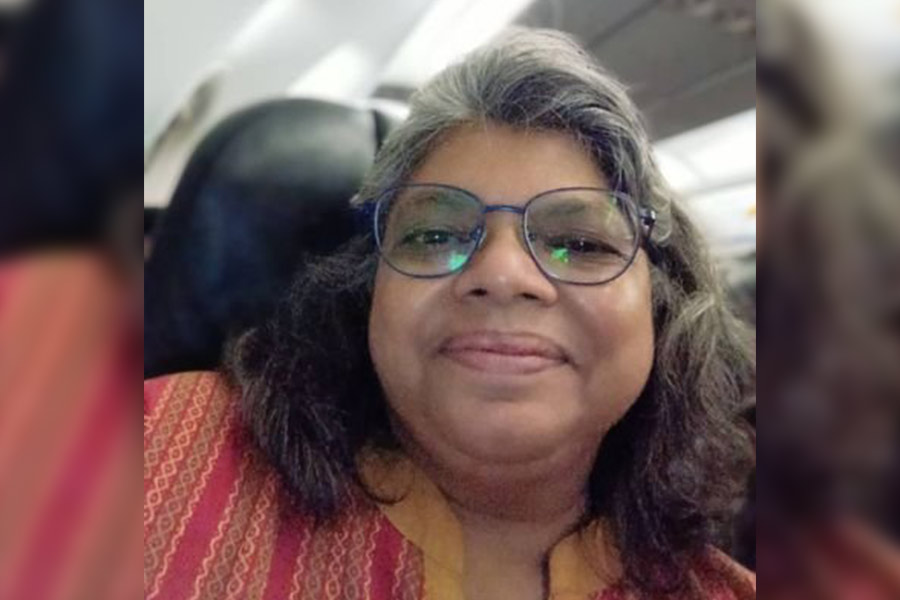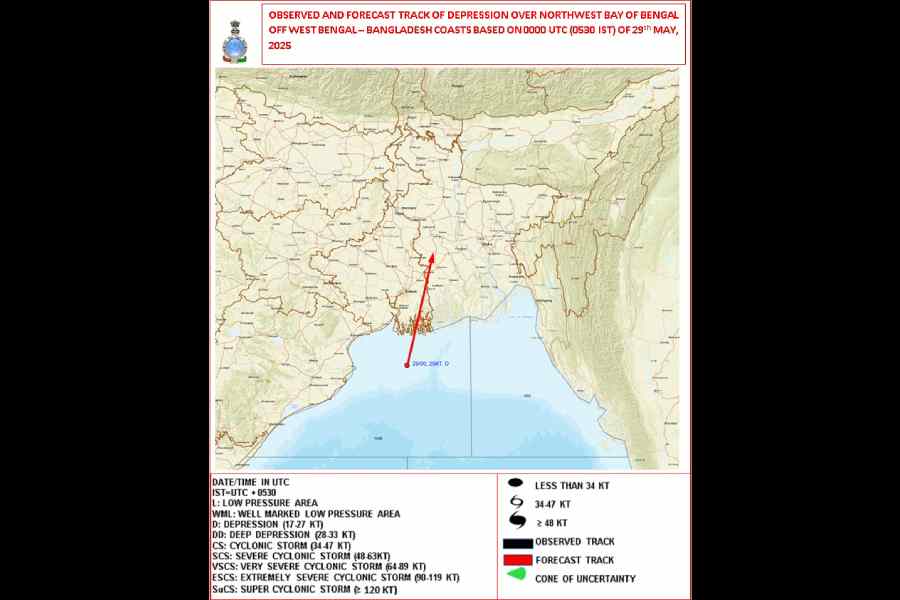Gaya, Oct. 10: Theirs is a loyalty to the land that defies even survival instinct.
For more than four years now, government officials and NGOs have been trying to persuade the 223 residents of 29 households of Bhoop Nagar village under the Amas block of Gaya district to shift base as the fluoride content of the underground water has touched dangerous levels. Physical deformity, early ageing and shorter life span, symptoms of fluorisis, are common among residents of the Dalit village. But villagers have held out against the pressure to move out.
It was a few years ago, when high incidence of physical deformity and allied health problems set off the alarm.
Water samples were sent for tested in two different labs, the combined Food and Drug Laboratory, Patna, and All India Institute of Public Health and Hygiene, Calcutta. Results of both the laboratories sent the medical fraternity into a tizzy.
Doctors hold that the desirable level of fluoride in water is 1 mg per litre, the maximum permissible limit being 1.5 mg per litre.
The fluoride content in five water samples in Bhoop Nagar varied from 5.2 to 7.4 mg per litre, according to reports of the All India Institute of Public Health and Hygiene, Calcutta.
Medical examination of the villagers conducted by a team of doctors showed that no less than 26 villagers, including four children, suffered from acute skeletal and dental fluorisis.
Bihar law minister Shakil Ahmed Khan, in whose Assembly constituency the village falls, directed the Gaya district officials, including then district magistrate Amrit Lal Meena, to draw up a programme to protect villagers from a calamity.
After much brainstorming, officials came to the conclusion that the nearest source of safe drinking water was at least 3 km away. The cost of a separate water treatment for the village was not feasible, as the population of the village was too small. Economic prudence demanded that villagers shift to a place with reserves of safe water.
Villagers have, however, resisted any plans to rehabilitate them. Twenty-eight-year-old Tetri Devi, though suffering from acute skeletal and dental fluorosis, refuses to leave the village. ?Mare la hotai to kahiyon mar jabaiye (If death is my destiny, I would die anywhere),? she says in Magahi, the local dialect. Moreover, ever since the news of the fluoride content got around, villagers have been ostracised by neighbouring villages.
Marriage prospects of all 101 children, both boys and girls, are dim, as no one is ready to give her daughter in marriage to someone from a ?cursed? village. Village elders like Ram Krit and Mangar Bhuiyan are worried over the future of the children but shifting to a new place is not a workable option for them.
District officials have suggested alternatives, which were instantly rejected by the villagers. The services of Dwarko Sundrani, a well-known Sarvodaya activist of the area, were also requisitioned to make the villagers see reason. Nothing has worked. Activist Bhagwan Bhaskar, however, said, ?The government must exercise its powers to shift villagers to some other place. The state almost invariably has been misusing the coercive power. But its reluctance to use coercion in the larger public interest is baffling.?










